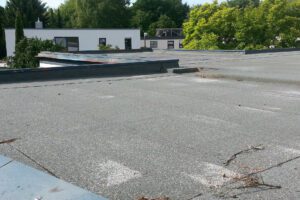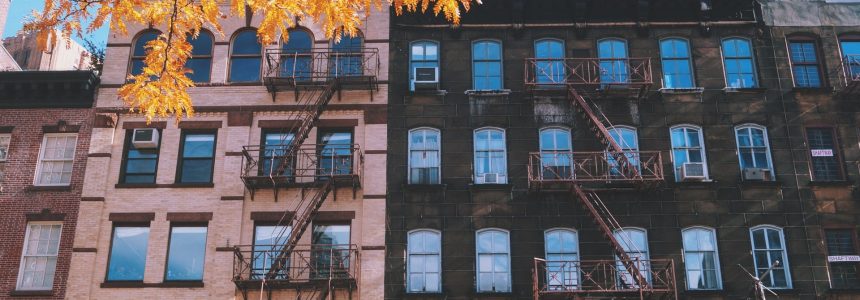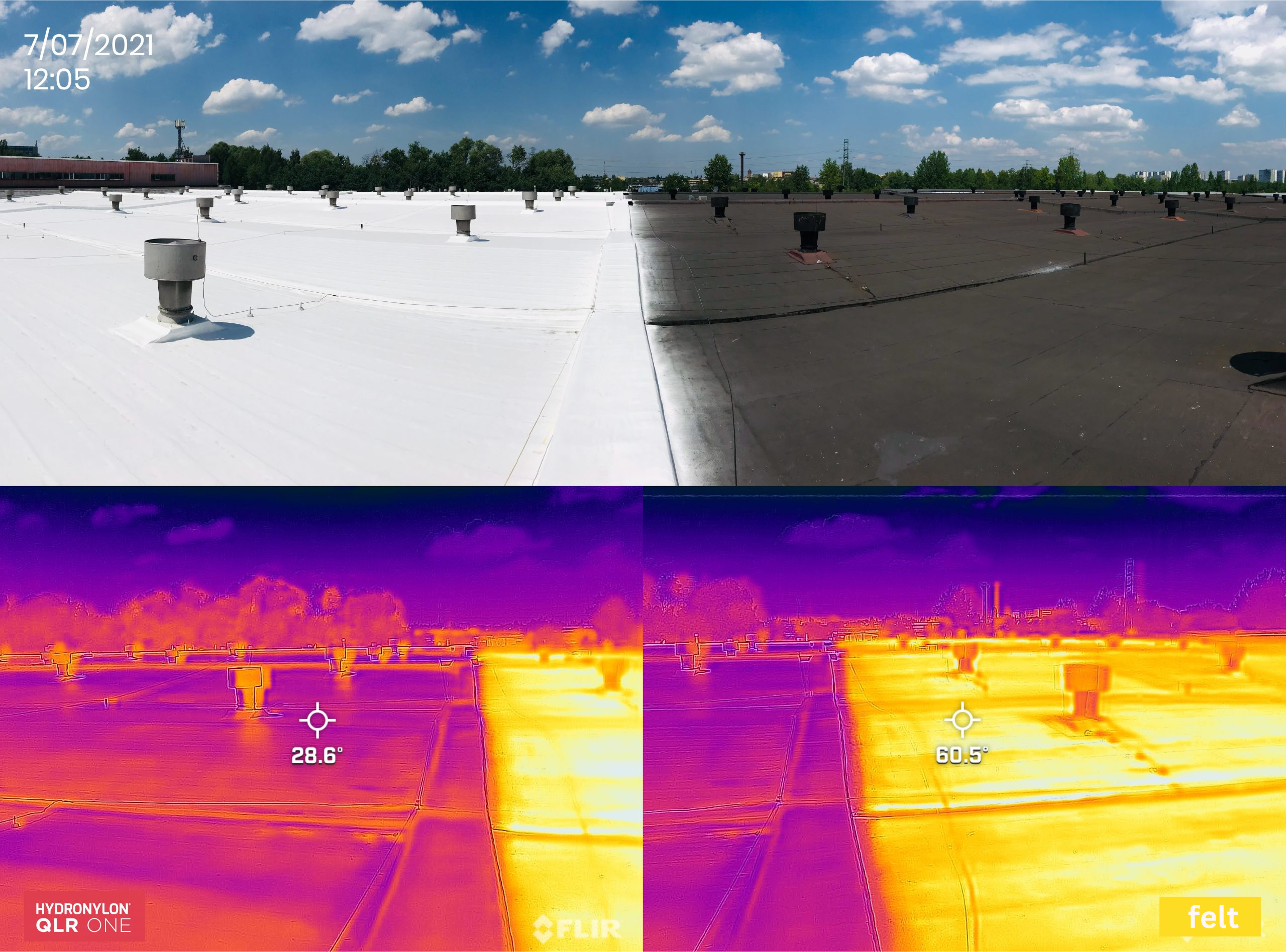

Urban Heat Islands (UHIs) are a direct result of urbanisation, where infrastructure like buildings, roads, and other structures accumulate and re-radiate heat, exacerbating heat during warm periods. The densification of urban areas alongside reduced vegetation further intensifies this issue. Anthropogenic heat, emanating from cooling appliances, adds another layer to this problem, especially during heatwaves. The resultant higher energy demand triggers more fossil fuel consumption in power stations, leading to more greenhouse gas emissions. The terminology “island” metaphorically illustrates the concentric isotherms that exhibit decreasing temperatures towards the city outskirts. The UHI effect intensifies thermal stress on individuals, particularly affecting vulnerable groups like the elderly, disabled, and socially excluded. Research suggests that UHIs likely heighten the incidence of heat strokes and exacerbate chronic respiratory and circulatory diseases. Moreover, they potentially boost allergen production in plants and worsen air pollution’s detrimental health impacts.
One of the serious implications of UHIs is the hindrance of nocturnal cooling. The heat retained by urban structures during the day keeps city temperatures elevated at night compared to rural areas, offering little respite from the heat. This phenomenon can be particularly dangerous for human health.
Mitigating UHI effects necessitates reducing dark, heat-absorbing surfaces within urban settings. Traditional materials like asphalt or dark roofing materials have distinct thermal properties that contribute to heat retention. By transitioning to lighter coloured materials, cities can reflect more sunlight, lowering urban temperatures. White roofs, for instance, have emerged as a cost-effective strategy to enhance a city’s albedo—the measure of reflectivity. A higher albedo implies more solar radiation being reflected, thus cooling the area below.
QLR-ONE, a novel polymer concoction developed by Proof-tech, offers a promising solution to combat UHIs. Produced in their Gliwice plant, QLR-ONE is a liquid waterproofing mass designed for roof coverings on various substrates like bituminous felt, metal, mineral and PVC membranes. Its exceptional solar reflectivity, confirmed at an impressive 110% through numerous laboratory tests, significantly lowers roof surface temperatures, extending the substrate’s longevity. By cooling the roof, QLR-ONE not only enhances the living or working conditions beneath but also minimises energy consumption costs. The reduction in energy usage extends beyond the individual building, benefiting the broader urban area by averting the formation of urban heat canyons. Thermal imaging comparisons between QLR-ONE coating and standard bituminous felt coating elucidate the remarkable temperature difference, marking QLR-ONE as a groundbreaking material in UHI mitigation efforts.
Addressing the Urban Heat Island effect is crucial for promoting urban sustainability and improving inhabitants’ well-being. Through innovative solutions like QLR-ONE, cities can significantly mitigate the UHI effect, paving the way for cooler, more liveable urban environments.
